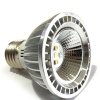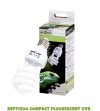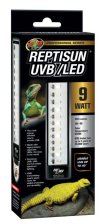TheLastGreen
Well-Known Member
Coincidentally saw these different types of UVB sources and I have a few questions about them
LED bulbs

Are LED lights safe and effective?
Spiral bulb These are obviously a risk due to uneven coatings during production, I have no questions on them
These are obviously a risk due to uneven coatings during production, I have no questions on them
Halogen bulbs
 Are these safe to use, are they effective?
Are these safe to use, are they effective?
UVB tube bulbs
These are the safest of all options, I also have no questions on them as well
So what do you guys think about the these options?
LED bulbs

Are LED lights safe and effective?
Spiral bulb
 These are obviously a risk due to uneven coatings during production, I have no questions on them
These are obviously a risk due to uneven coatings during production, I have no questions on themHalogen bulbs
 Are these safe to use, are they effective?
Are these safe to use, are they effective?UVB tube bulbs

These are the safest of all options, I also have no questions on them as well
So what do you guys think about the these options?
